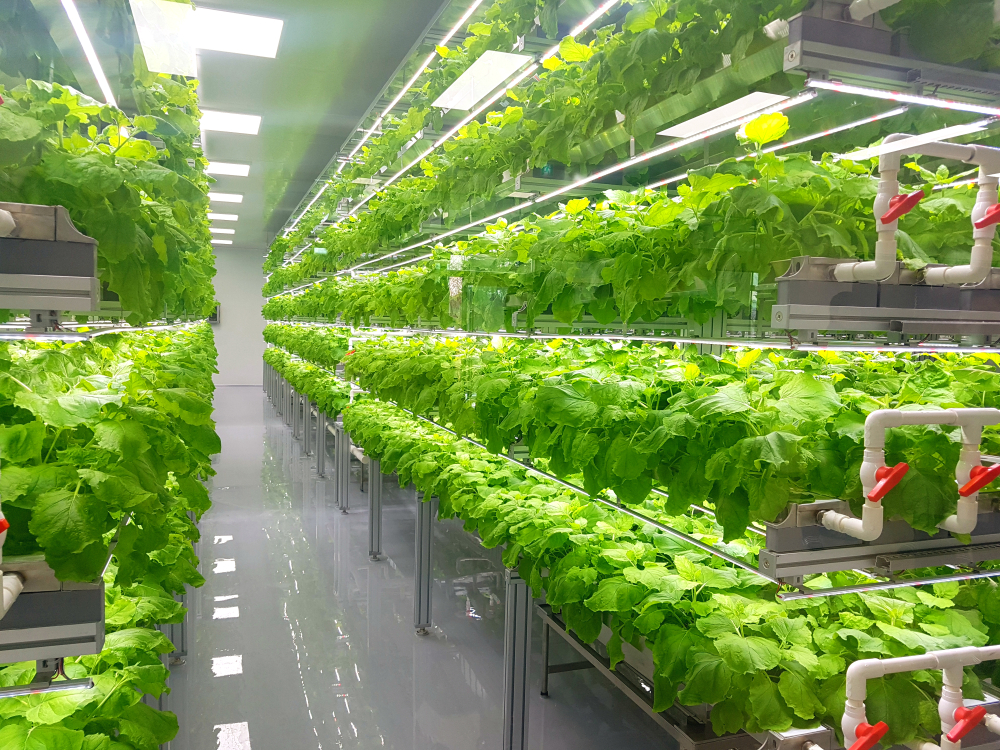Almost the size of two entire city blocks, a sprawling new building under construction in Luzerne County, Pennsylvania, will soon hold the title of the world’s largest indoor vertical farm. The building, which occupies an area of about 250,000 square feet, is slated for completion in 2023.
What’s particularly striking about this vertical farm, however, is not its prodigious size but the fact that it uses a secret ingredient to fertilize the crops: fish. That’s right, the system created by Upward Farms, the Brooklyn-based company behind the project, taps into a centuries-old practice called aquaponics, combining aquaculture with hydroponics.
Using aquaponics to grow organic greens
As part of this ancient food production system, the company uses fish waste that it filters from the aquaculture water to provide nutrients to the hydroponics-grown plants. This removes the need for synthetic fertilizer, which is often used by other vertical farms to boost crop yield. The fish and the greens are then sold for food.
“What we’re really focused on as a vertical farm, which differentiates us from peers, is the microbiome,” says Jason Green, CEO at Upward Farms. “What’s well understood is that the microbiome of plants has a huge influence on the outcomes of those plants, from the perspective of quality, nutrition, yield,” says Green, adding that swapping synthetic fertilizer for nutrients from fish helps build that healthy environment for the crops.
At a smaller facility in Brooklyn, the company is already seeing yields two times higher than the industry average. And that’s without using intense optimization of growing factors — such as constantly regulating the humidity levels or the light color in the room — which other vertical farms occupy themselves with in order to accelerate the growing process.
A milestone for the vertical farming industry
What Upward Farms has in common with other indoor farms, however, is the fact that it uses far less water, and far less land, to grow its organic greens than a traditional farm on arable land. Together with the aquaponic system, the unprecedented size of the vertical farm represents a huge step forward in making the industry grow.
“Vertical farming is a market with tremendous promise, [but] to have impact requires scale,” says Green. “And so in our perspective, bringing vertical farming to scale that it can become a rival or an alternative to field parity is of critical importance.”











